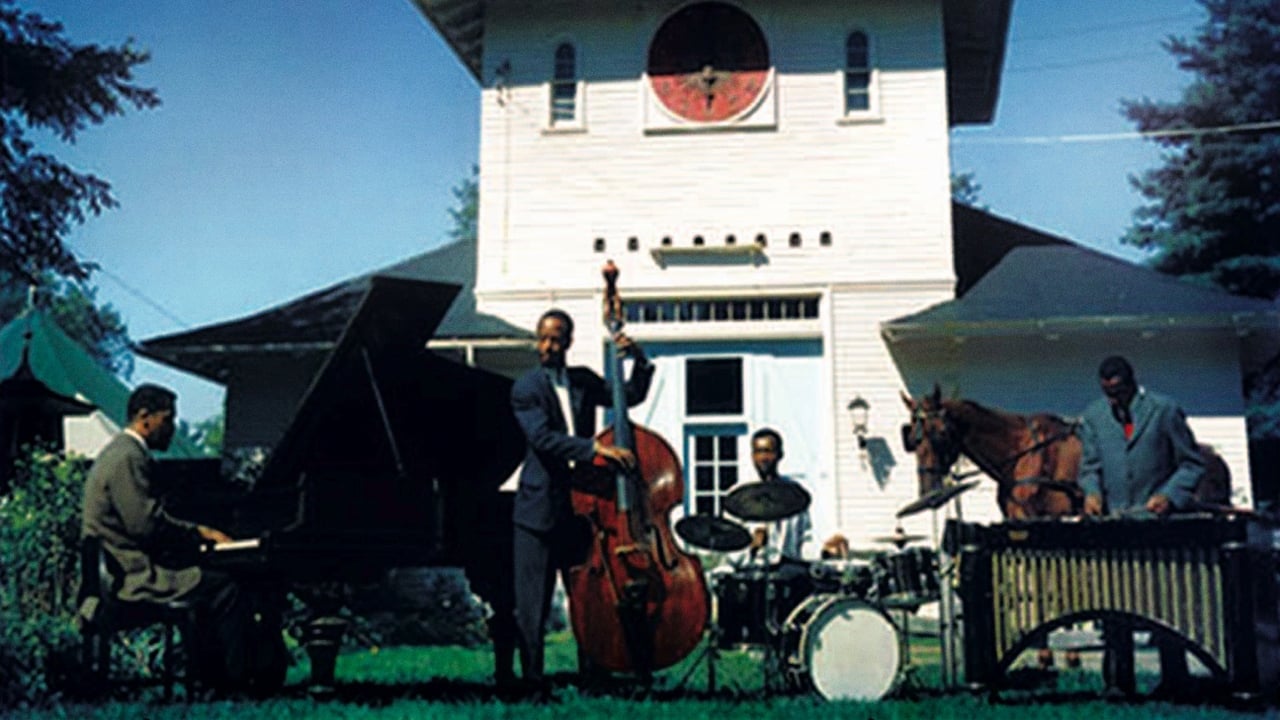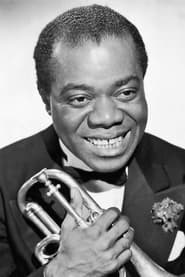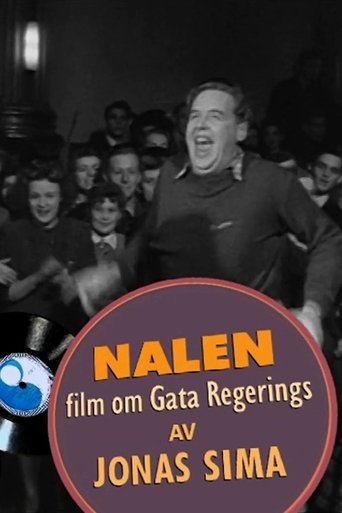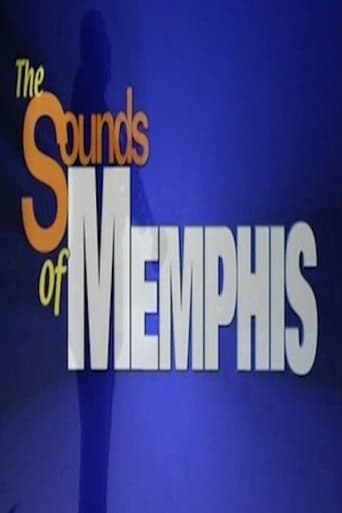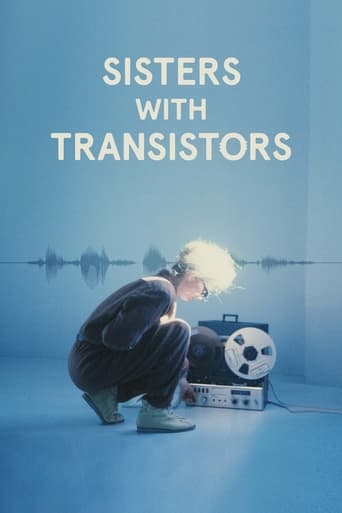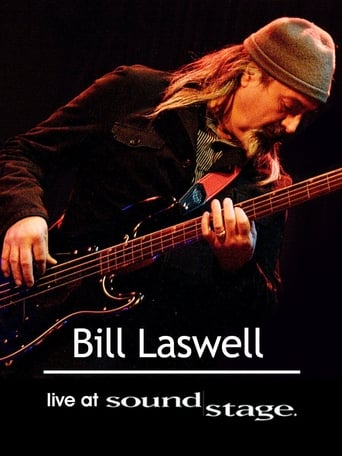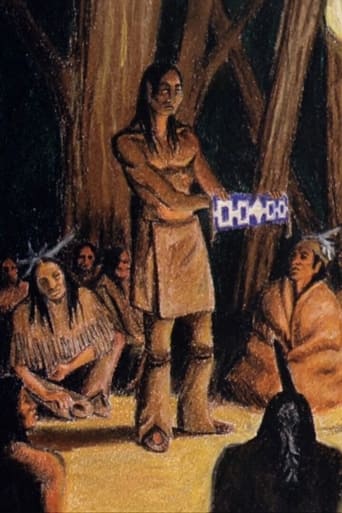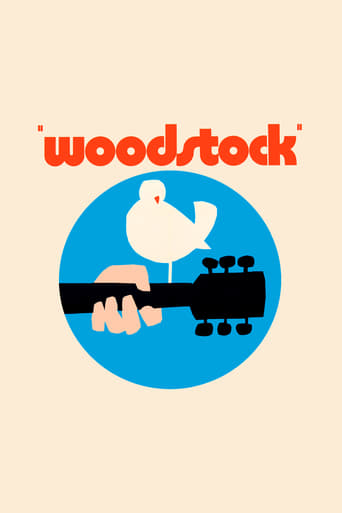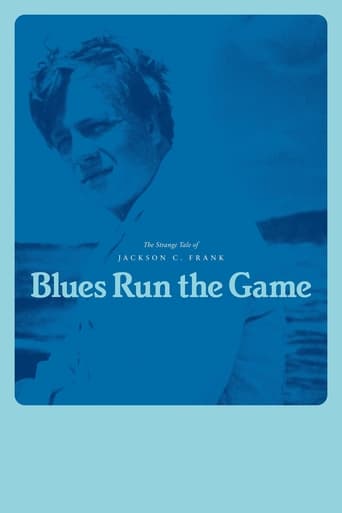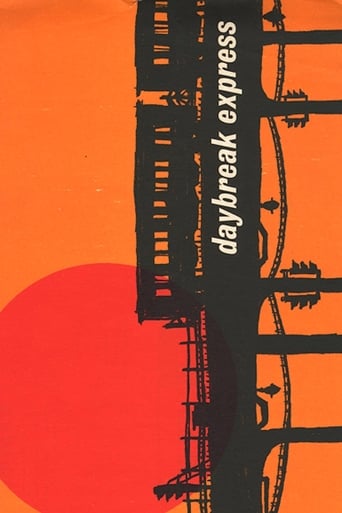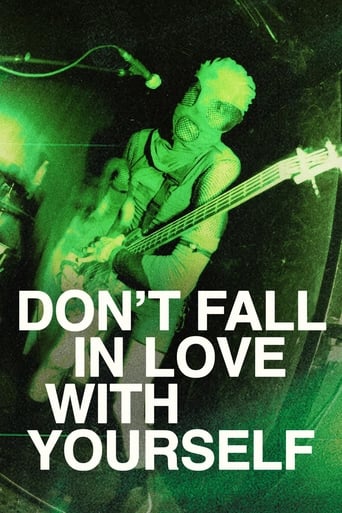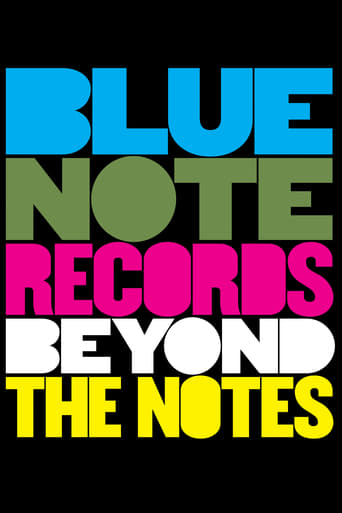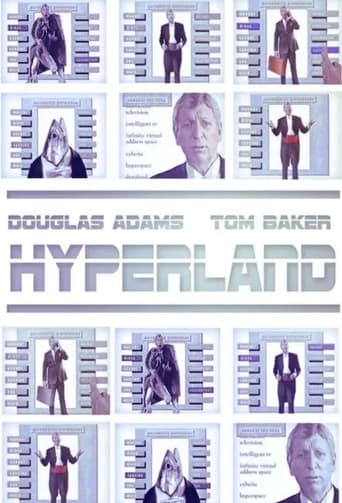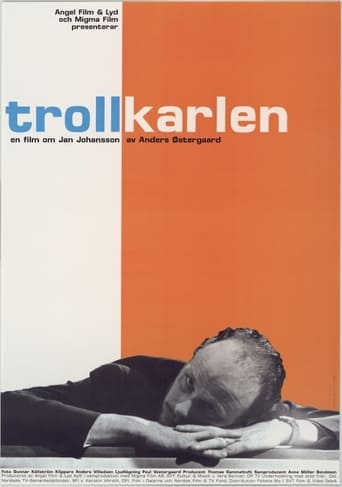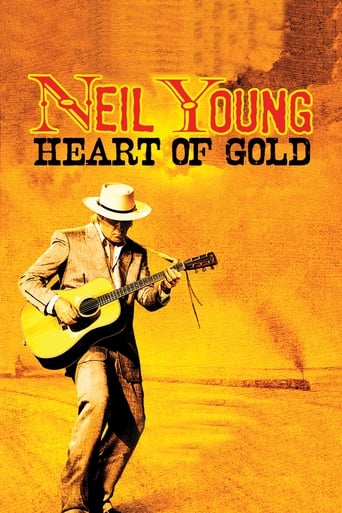
29 Apr 1997

Eastwood After Hours
On October 17, 1996, veteran and contemporary jazz greats gathered for a select soiree on the stage of New York's Carnegie Hall, saluting a guy more noted for making popular films than for making sweet music. But as any fan of Clint Eastwood, especially after he started directing 30 years ago, will attest, the award-winning star is also an inveterate jazz lover who has uniquely integrated that musical form into the scores of his films. Join Joshua Redman, Christian McBride, Flip Phillips, Charles McPherson, James Rivers, Slide Hampton, Hank Jones, Thelonious Monk Jr., the Kyle Eastwood Quartet, the Carnegie Hall Jazz Band and more for this scintillating celebration of film and music.
